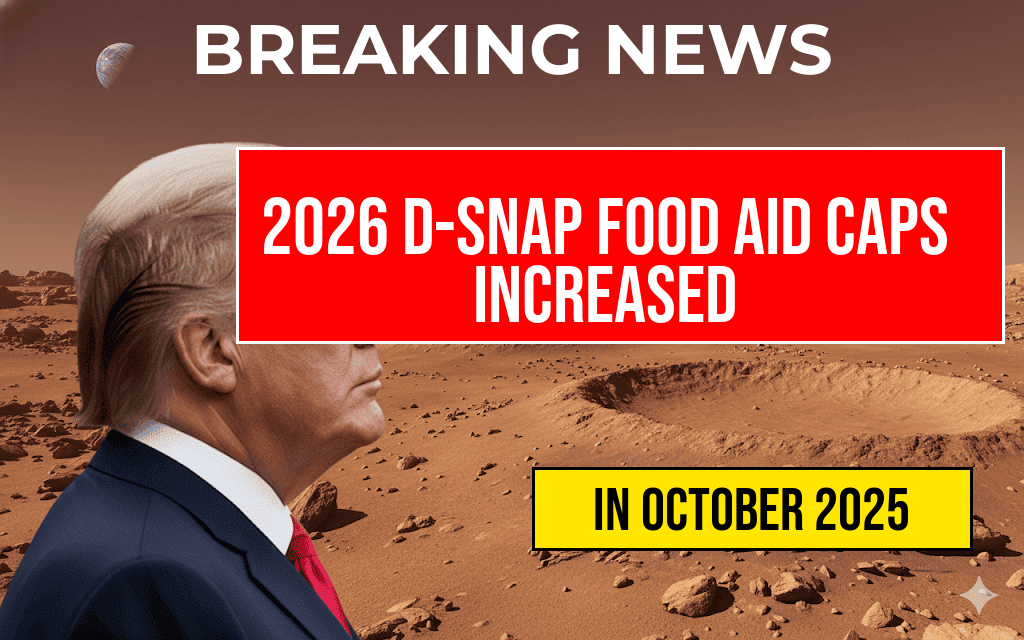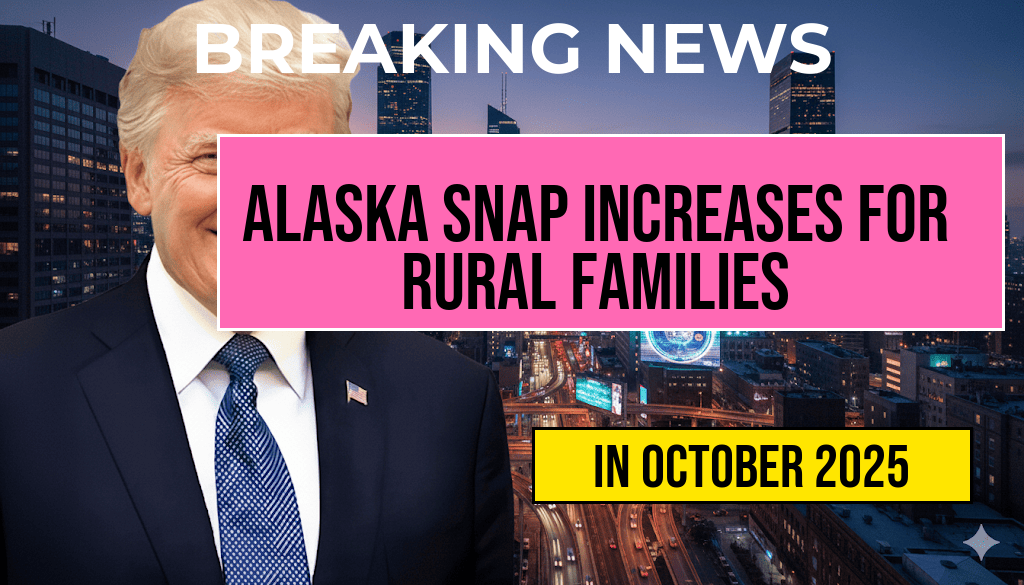The U.S. Department of Agriculture (USDA) has announced an increase in the Disaster Supplemental Nutrition Assistance Program (D-SNAP) caps for 2026, allowing eligible households to receive cash relief of up to $994. This change aims to provide essential support to families affected by disasters, ensuring they can access food and other necessities during challenging times. The new limits come as part of ongoing efforts to enhance food security in areas impacted by natural disasters, including hurricanes, floods, and wildfires. As communities continue to rebuild, the increased financial assistance could make a significant difference in the lives of those struggling to regain stability.
Understanding D-SNAP and Its Importance
D-SNAP is a crucial program designed to assist households that experience a significant loss of income or food due to disasters. Unlike regular SNAP benefits, which offer ongoing assistance, D-SNAP is a temporary program that provides financial aid to families in the immediate aftermath of a disaster.
Who Is Eligible for D-SNAP?
Eligibility for D-SNAP varies by state, but generally, applicants must meet the following criteria:
- Reside in a disaster-affected area.
- Have experienced loss of income or food due to the disaster.
- Meet specific financial criteria set by the state.
How the Increased Caps Work
The new cap of $994 reflects an increase from previous years and is intended to better align with the rising costs of living and food prices. This adjustment ensures that families can access sufficient funds to meet their immediate needs during recovery. The amount awarded is typically based on household size, with larger families receiving higher benefits.
Application Process for D-SNAP
Applying for D-SNAP can be done through state-specific online platforms or local offices. The application process is generally streamlined to expedite assistance during emergencies. Here’s a brief overview of the steps involved:
- Check eligibility based on your state’s guidelines.
- Gather necessary documentation, such as proof of residence and income loss.
- Submit your application online or in person at designated locations.
Most states aim to process applications quickly, often within a few days following a disaster declaration.
Impact of Increased Relief on Communities
The increase in D-SNAP benefits is expected to have a positive impact on communities recovering from disasters. With more financial resources available, families can purchase food and essential items, which in turn supports local businesses and stimulates the economy. As communities work towards rebuilding their lives, these funds serve as a critical lifeline.
Related Support Programs
In addition to D-SNAP, there are other programs designed to assist families in need following a disaster. These include:
- Federal Emergency Management Agency (FEMA) grants for housing and other disaster-related expenses.
- Temporary Assistance for Needy Families (TANF) for families with children in need.
- Local food banks and community organizations offering additional support.
Future Considerations
As climate change continues to increase the frequency and severity of natural disasters, the need for robust support systems like D-SNAP becomes even more pressing. Policymakers are urged to consider further enhancements to food assistance programs to address the evolving challenges faced by vulnerable populations. The recent adjustments to D-SNAP caps represent a necessary step in this direction, ensuring that families have the means to recover and thrive.
For more information about D-SNAP and to access your state’s resources, visit the USDA Food and Nutrition Service website.
Additional details on disaster relief programs can be found at Wikipedia.
Frequently Asked Questions
What is D-SNAP?
D-SNAP stands for Disaster Supplemental Nutrition Assistance Program. It provides food assistance to individuals and families affected by disasters to help them meet their nutritional needs.
How has the food aid cap changed for D-SNAP in 2026?
The food aid cap for D-SNAP has been increased for 2026, allowing eligible recipients to receive cash relief of up to $994 to support their recovery after a disaster.
Who is eligible for the increased cash relief under D-SNAP?
Eligibility for the increased cash relief under D-SNAP typically includes individuals and families who have experienced a disaster-related loss of income or resources. Specific criteria may vary by state.
How can individuals apply for D-SNAP benefits?
Individuals can apply for D-SNAP benefits through their state’s designated agency. Applications are usually available online, or individuals can visit local offices for assistance.
What should recipients use the D-SNAP cash relief for?
Recipients are encouraged to use the D-SNAP cash relief for essential food purchases and other necessary items to help them recover from the disaster.




